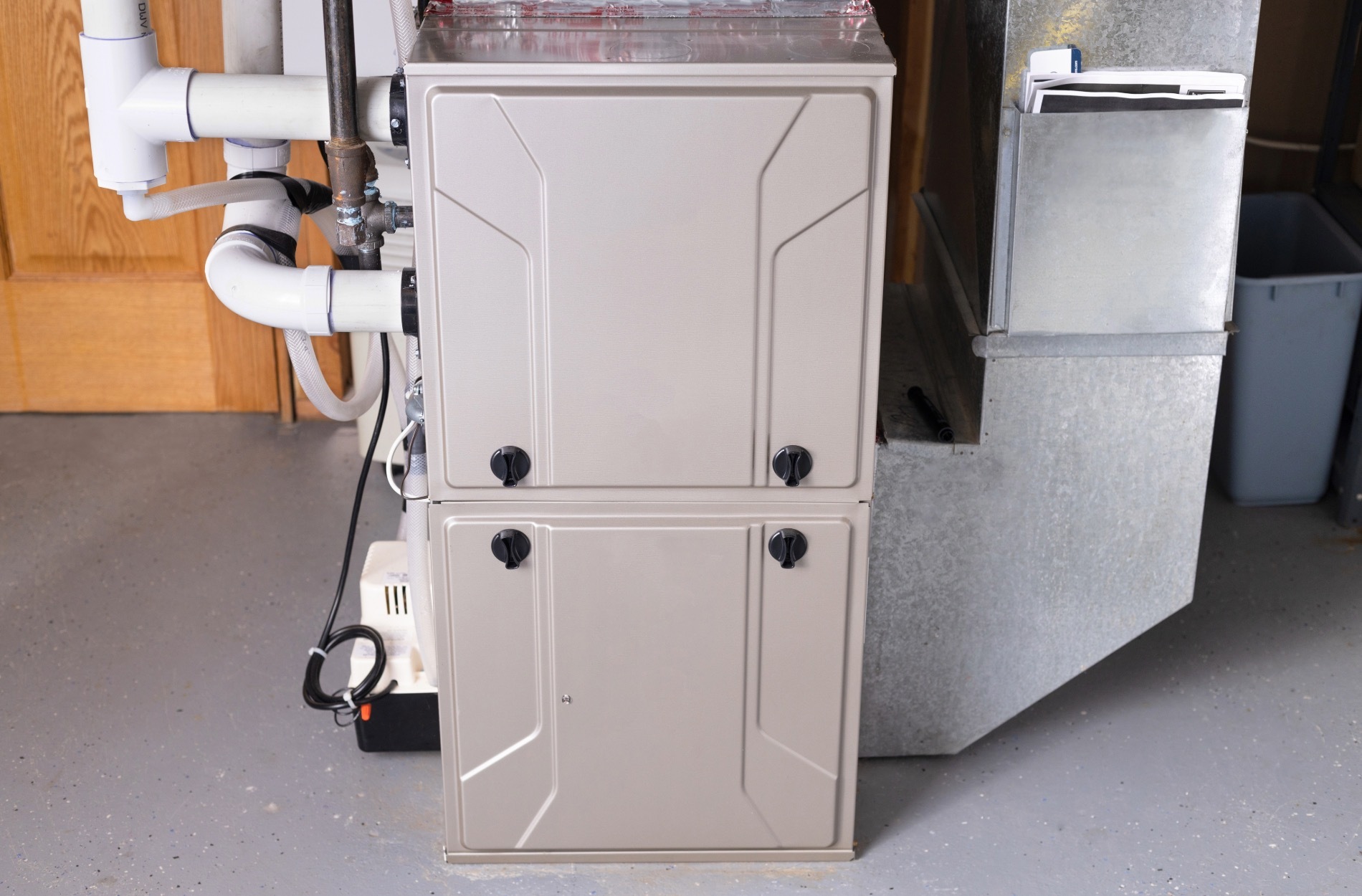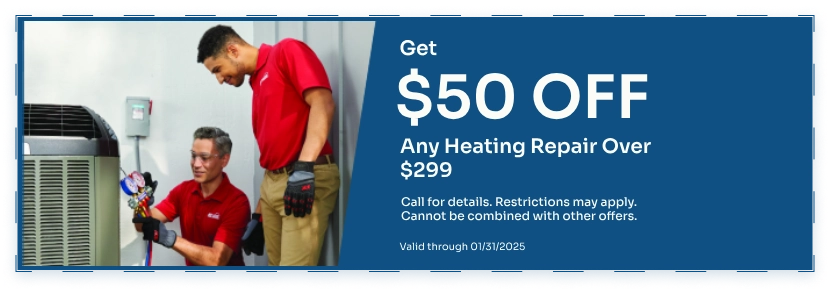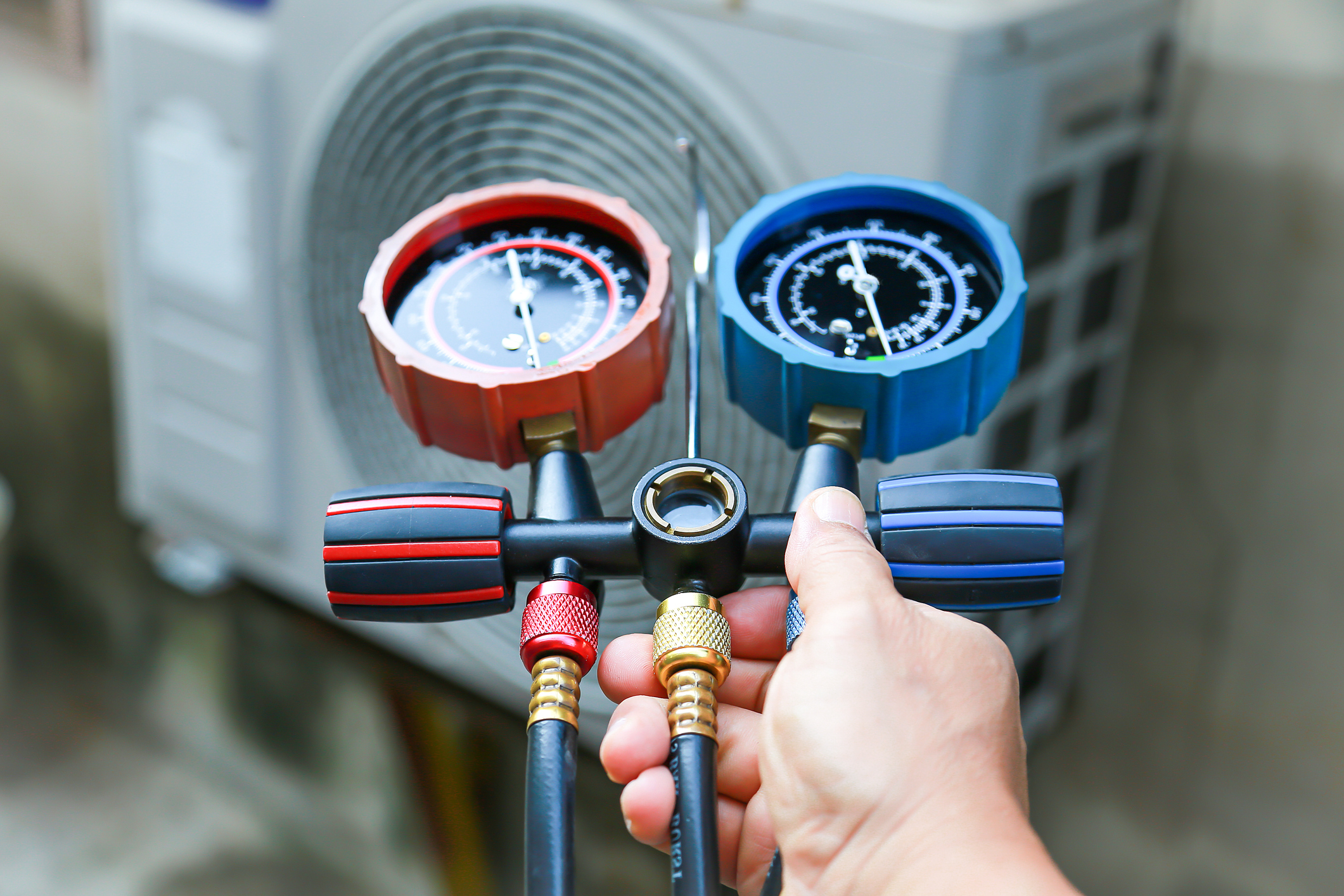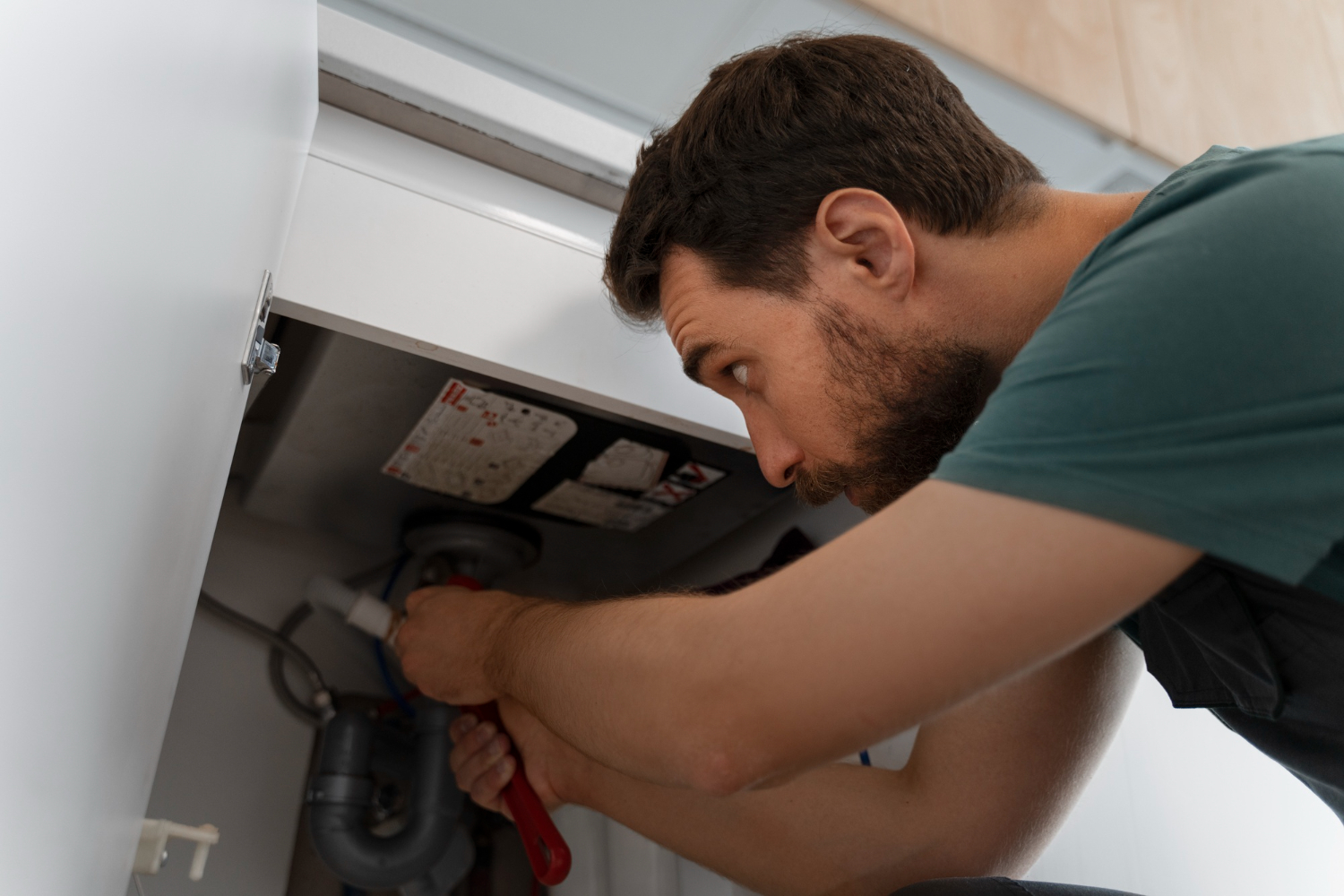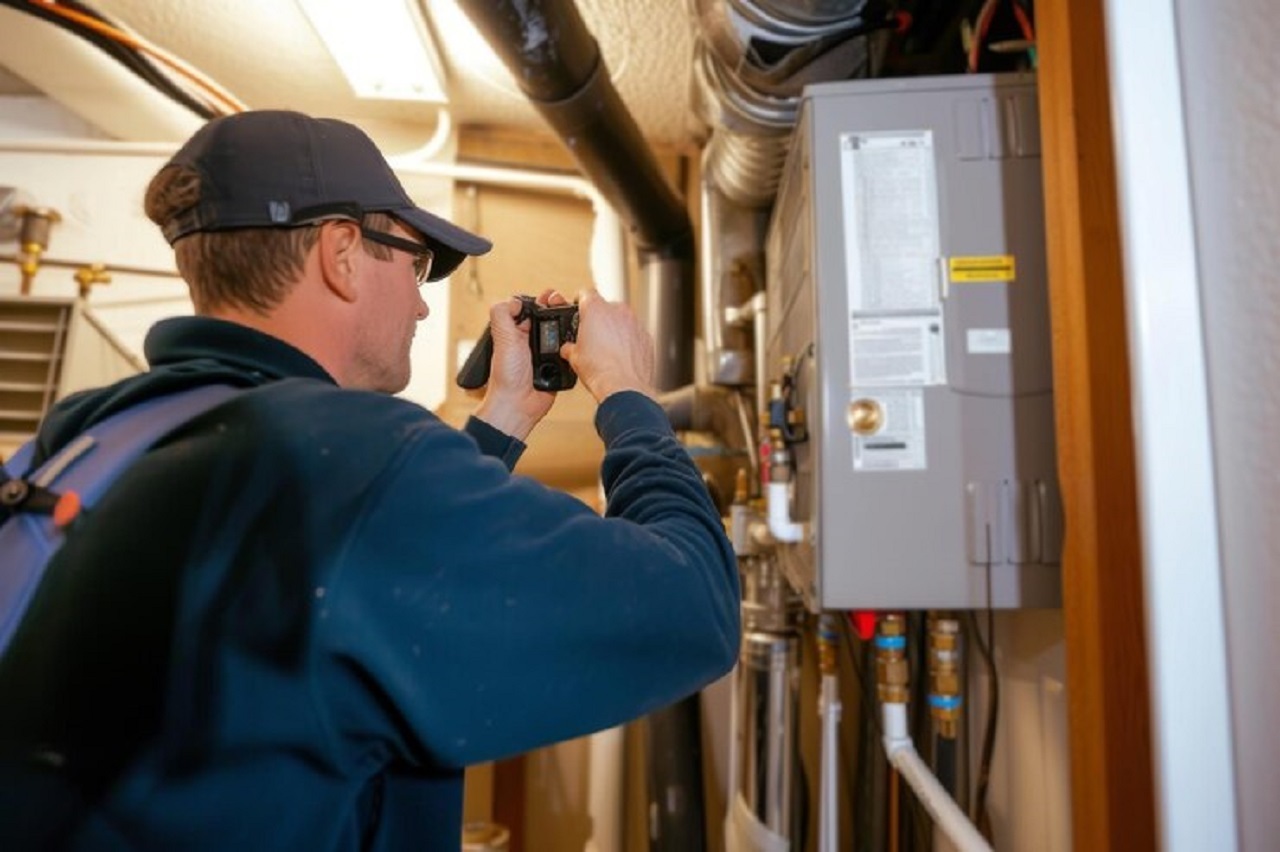Furnace installation is a critical step in ensuring your home stays warm and comfortable. Whether you’re upgrading an old system or installing a new one, understanding the basics of furnace installation can save you time and future headaches. It’s important to make the right choices from the start, such as selecting the correct furnace size for your space and ensuring it’s integrated well with your HVAC system.
Understanding the Basics of Furnace Installation
Furnace installation is a key factor in ensuring your home remains warm and energy-efficient. Understanding the basics of furnace installation helps you know what to expect and prepares you for an informed decision-making process.
First, selecting the right type of furnace is essential. Furnaces come in various types, such as gas, electric, and oil. Each type has its benefits and considerations regarding efficiency, cost, and environmental impact. Determining which type suits your home and needs is the first step.
Next, it’s important to recognize the components involved in the installation process. A standard furnace installation involves setting up the furnace unit itself, connecting it to the power supply, and integrating it with existing ductwork. Proper ventilation is also crucial to ensure safe operation and proper airflow.
Additionally, the installation process can vary depending on the existing infrastructure in your home. If you’re replacing an old furnace, it may require special handling or modifications to fit the new model. If it’s a new installation, ensuring the proper layout and connections is vital.
Overall, having a basic understanding of what furnace installation entails can make the process smoother and ensure you end up with a system that keeps your home cozy and efficient.
Choosing the Right Furnace Size for Your Home
Selecting the right furnace size for your home is crucial for optimal performance and energy efficiency. Here are key factors to consider when choosing the appropriate furnace size:
1. Home Size and Layout: Larger homes typically require a bigger furnace to heat efficiently. Consider the number of rooms and the layout of your home. An open-plan layout may distribute heat more evenly than a segmented layout.
2. Climate Zone: Depending on where you live, your climate can influence the furnace size needed. Colder regions may require a more powerful furnace than milder zones to maintain a comfortable temperature.
3. Insulation Quality: A well-insulated home retains heat more effectively, possibly allowing for a smaller furnace. Examine your windows, doors, and attic for insulation quality, as this impacts how much heat you’ll need to generate.
4. Furnace Efficiency Rating: Modern furnaces offer various efficiency ratings. Higher efficiency units provide more heat per unit of energy, sometimes allowing for a smaller size while maintaining performance.
5. Professional Assessment: Our professionals can perform a heat load calculation to determine the precise furnace size your home requires. This evaluation takes into account insulation, windows, sealing, and your specific needs.
Choosing the right furnace size ensures energy efficiency and comfort, preventing unnecessary energy consumption and wear on the system. Making informed decisions with the help of experienced professionals can save time and effort.
Importance of Professional Furnace Installation
Professional furnace installation is integral to ensuring your furnace operates safely and effectively. Attempting DIY installation can lead to serious risks and problems down the line.
1. Safety Concerns: Furnaces, especially gas-powered ones, can pose safety hazards if not installed correctly. Our technicians understand the complexities of venting and gas line connections, minimizing risks related to leaks or malfunctions.
2. Correct Installation: Installing a furnace involves more than just placing the unit. It requires adjusting ductwork, ensuring proper airflow, and setting up exhaust systems. Incorrect installation can lead to inefficiencies and costly repairs.
3. Warranty Protection: Manufacturers often require professional installation to validate warranties. This ensures that your furnace has been set up correctly and will be covered under warranty if issues arise.
4. Compliance with Codes: There are building codes and regulations regarding furnace installation. Our professionals are aware of these standards, ensuring your system meets all legal requirements and avoiding potential fines or problems.
5. Peace of Mind: Hiring experienced technicians provides peace of mind that your furnace is installed correctly, offering reliable performance and reducing the likelihood of future issues.
Professional installation not only safeguards your investment but also ensures your home remains safe and comfortable year-round.
Integrating Furnace Installation with Existing HVAC Systems
Integrating a new furnace with your existing HVAC system requires careful planning and execution. Proper integration improves efficiency and ensures that both systems work harmoniously.
1. Compatibility Check: Determine if your new furnace is compatible with your current HVAC components. Consider the existing ductwork, thermostat, and air handler. Compatibility issues can lead to reduced efficiency or necessitate additional modifications.
2. Ductwork Evaluation: Evaluate your current duct system for size and condition. Adequate and properly sealed ducts are essential for efficient airflow. Our professionals can assess whether modifications are needed to accommodate the new furnace.
3. Thermostat Integration: Modern furnaces can have advanced thermostat capabilities. Ensure your thermostat can communicate effectively with the furnace to enhance energy management and comfort levels.
4. System Balancing: Proper system balancing ensures even heating throughout the home. Our technicians can test and adjust airflow to each room, providing consistent warmth and optimizing system performance.
5. Upgrading Components: Consider upgrading older components that may not meet new furnace requirements. This could include air filters, blowers, or other parts that could improve overall efficiency and comfort.
Successful integration involves more than just connecting systems. It requires a comprehensive understanding of both the new furnace and existing HVAC components to deliver seamless performance and reliability.
Pre-Installation Checklist: What Homeowners Need to Prepare
Preparing your home for furnace installation is vital for a smooth and efficient process. Here’s a checklist to help you get ready:
1. Clear the Area: Ensure the installation site is clutter-free. Remove personal items, furniture, and obstructions from the pathway to the furnace area to facilitate easy access for our technicians.
2. Ensure Adequate Ventilation: Verify that the installation area is well-ventilated. Adequate airflow is necessary for safety and proper furnace operation. Consider any structural changes that may improve ventilation.
3. Plan for Electrical Needs: Ensure that the electrical layout supports the new furnace. Check if any electrical upgrades are needed. Our professionals can evaluate this as part of the installation service.
4. Inspect the Current Ductwork: Before installation, assess the condition of your existing ductwork for leaks or damage. Identify sections that may need repair or replacement to ensure optimal heating efficiency.
5. Coordinate with Our Professionals: Confirm the installation date and time with our team. Ensure someone is available to answer questions or make decisions during installation.
Having this checklist completed beforehand ensures that the installation goes smoothly and helps reduce any issues that could arise during the process.
Identifying Common Furnace Installation Challenges
Furnace installation can present several challenges, some of which are common across many homes. Recognizing these potential issues can help you prepare and address them effectively:
1. Space Constraints: Many homes have limited space for furnace installation. Ensuring enough room for safe operation and maintenance is essential. Considerations may involve relocating other utilities or modifying the installation area.
2. Ductwork Incompatibility: Existing ductwork might not align with the new furnace specifications, affecting airflow and efficiency. Our technicians assess and make necessary modifications to fit the new system seamlessly.
3. Incorrect Sizing: An improperly sized furnace can cause discomfort, inefficiency, and excessive wear. Ensuring your new furnace matches your home’s heating requirements is crucial to avoid these issues.
4. Ventilation Issues: Proper ventilation prevents carbon monoxide buildup and improves air quality. Challenges arise when existing vents do not support the new furnace type, requiring new installations or modifications.
5. Electrical Concerns: Furnaces often require specific electrical specifications. Outdated or insufficient electrical connections can pose significant issues. Assessing your home’s electrical capabilities is vital before installation.
Addressing these challenges proactively ensures a smoother installation process and reliable furnace operation. Working with experienced professionals makes it easier to handle these issues efficiently.
How Proper Furnace Installation Enhances Efficiency
A properly installed furnace greatly enhances your home’s energy efficiency, providing better heating with lower energy consumption. Installation quality impacts every aspect of furnace performance, including these key factors:
1. Optimal Airflow: Accurate installation ensures proper airflow through the system, preventing hot and cold spots. This efficiency reduces strain on the furnace, prolonging its lifespan and maintaining consistent comfort levels.
2. Energy Savings: An efficient installation minimizes energy waste by reducing heat loss through leaks or insufficient insulation. Proper sealing and setup contribute to energy cost reductions by optimizing how the furnace uses fuel and electricity.
3. Consistent Temperatures: A correctly installed furnace heats your home evenly, overcoming inconsistencies that lead to varying temperatures and discomfort. Consistent heating maintains comfort without driving up energy bills.
4. System Longevity: The stress and wear from improper installation cause systems to wear out faster. A professional installation protects your investment by ensuring correct setup, minimizing unnecessary repairs and extending the furnace’s service life.
5. Reduced Emissions: When running efficiently, furnaces contribute to a cleaner environment by lowering emissions. Proper installation ensures that the furnace operates within its optimal capacity, promoting environmental friendliness.
Investing in a professional installation maximizes your furnace’s performance, providing tangible benefits in comfort, cost, and environmental impact throughout its lifespan.
Understanding the Role of Duct Cleaning in Furnace Performance
Clean ducts play a pivotal role in your furnace’s efficiency and your home’s air quality. Understanding this connection helps maintain optimal furnace performance:
1. Improved Airflow: Clean ducts allow air to flow freely without obstruction. Accumulated dust, debris, or mold in ducts restricts airflow, making your furnace work harder to heat your home, which decreases efficiency.
2. Enhanced Efficiency: Duct cleaning removes obstructions and enhances system efficacy. This heightened performance ensures your furnace heats evenly and maintains desired temperatures without overworking itself.
3. Better Air Quality: Dust and allergens in unclean ducts circulate through your home, impacting indoor air quality. Regular duct cleaning minimizes these contaminants, promoting healthier living conditions.
4. Prolonged Furnace Life: By reducing stress and wear on the furnace, clean ductwork can contribute to a longer operational lifespan. It reduces the likelihood of breakdowns caused by airflow-related issues.
5. Energy Conservation: Efficient airflow leads to more energy-efficient operation. Clean ducts mean your furnace uses less energy to distribute heat throughout the home, lowering energy bills.
Regular air duct cleaning from our professionals ensures your furnace operates efficiently and helps maintain a healthy and comfortable living environment.
Post-Installation Care and Maintenance Tips
After a new furnace installation, maintaining it is key for long-term performance and energy efficiency. Regular care can prevent potential issues and keep your furnace running smoothly. Here are some essential maintenance tips:
1. Regular Filter Changes: Change or clean the furnace filter every one to three months. A clean filter ensures proper airflow and efficient operation while also improving indoor air quality.
2. Check the Thermostat: Ensure your thermostat is functioning correctly to maintain desired temperature settings. Replace old thermostats with programmable or smart models for better energy management.
3. Inspect Ductwork: Regularly check your home’s ductwork for leaks or blockages. Properly sealed ducts enhance efficiency and prevent wasted energy.
4. Schedule Professional Inspections: Arrange for bi-annual maintenance with our professionals. These check-ups help identify potential problems early, ensuring your system runs at its best.
5. Keep Vents Clear: Ensure that vents and registers are unobstructed by furniture or other items. Proper airflow through the vents is crucial for even heating.
6. Monitor Furnace Performance: Pay attention to unusual noises or inconsistent heating. Addressing minor issues promptly can prevent costly repairs in the future.
Following these maintenance tips can extend the lifespan of your furnace and ensure reliable operation throughout the heating season.
Signs That Indicate the Need for Furnace Repair and Maintenance
Knowing when your furnace requires repair or maintenance can prevent more serious issues and costly failures. Look for these common indicators:
1. Increased Energy Bills: A sudden rise in energy costs may suggest your furnace is straining to heat your home efficiently, indicating a need for examination by our technicians.
2. Irregular Heating: If some rooms are warmer than others or the furnace cycles on and off frequently, these could be signs of underlying issues in the system.
3. Strange Noises: Banging, rattling, or squealing sounds from the furnace indicate mechanical problems or obstructions. Immediate attention can prevent these from worsening.
4. Short Cycling: If your furnace turns on and off frequently without completing a full heating cycle, it may be time for a professional evaluation.
5. Unusual Smells: Musty or burning odors can be a sign of dust buildup, electrical issues, or other malfunctions. Prompt inspection is recommended to avoid further complications.
6. Pilot Light or Ignition Issues: A flickering or out-of-place pilot light can signal an issue with the ignition system or gas line, requiring professional services.
Addressing these warning signs promptly with our furnace repair services can maintain your system’s efficiency and safety.
Conclusion
Proper furnace installation and regular maintenance form the foundation for a warm, efficient, and comfortable home. From choosing the right furnace size to addressing installation challenges, taking the correct steps can optimize your system’s performance while reducing energy costs. Regular maintenance further ensures that your furnace remains reliable, prolonging its lifespan and preventing unexpected breakdowns. Understanding how duct cleaning and maintenance contribute to your system’s efficiency is equally important. These practices together help maintain a cozy environment throughout the year.
If your furnace shows any signs of needing repair or maintenance, or if you want to enhance your heating system’s efficiency, our team at EnviroSafe Plumbing, Heating, Air Conditioning, Water Treatment is ready to assist. Our professionals ensure high-quality service tailored to your specific needs, guaranteeing comfort and safety in your home. Contact us today to schedule a furnace installation service in Cherry Hill and enjoy a warm, energy-efficient home.

